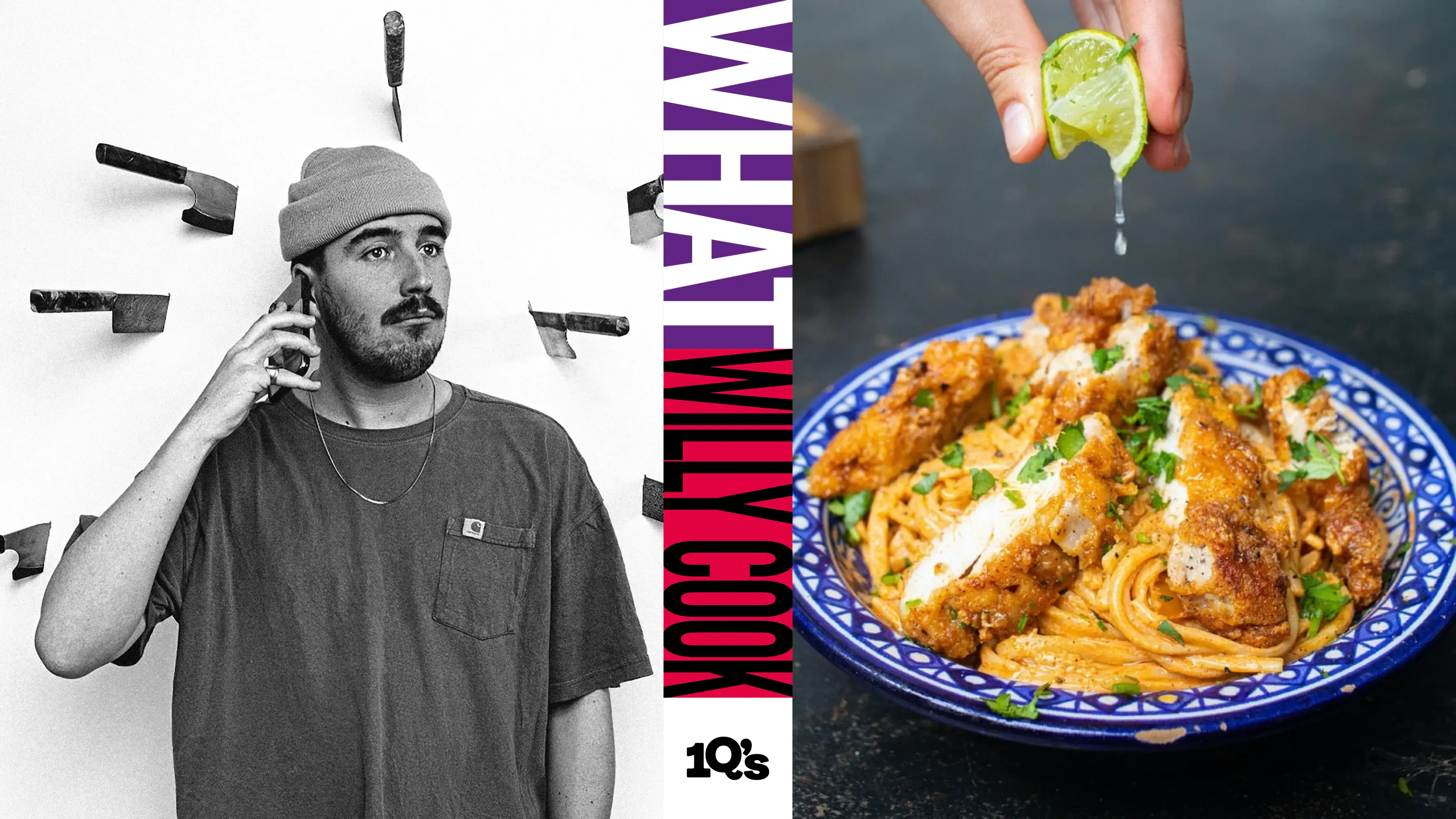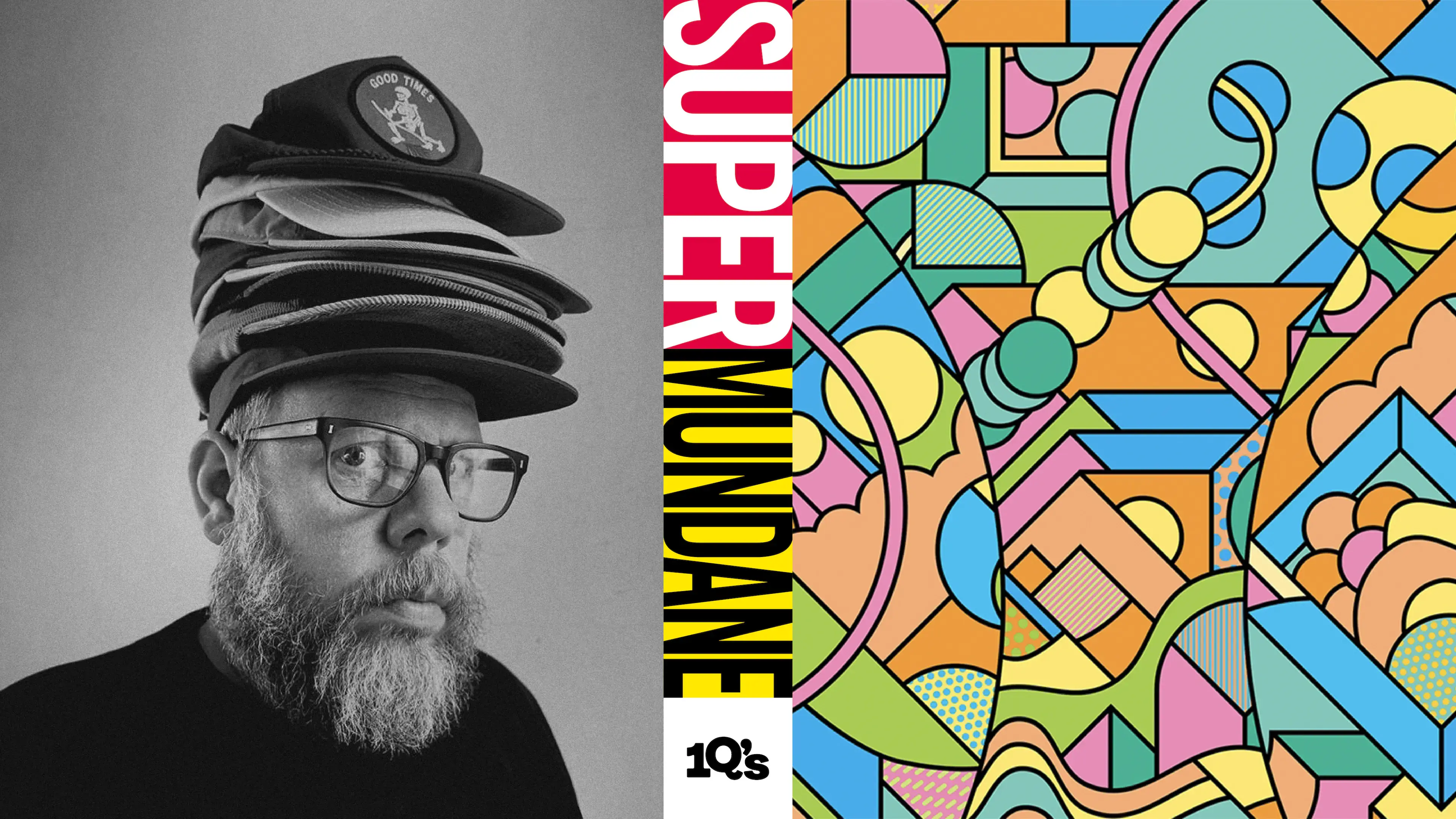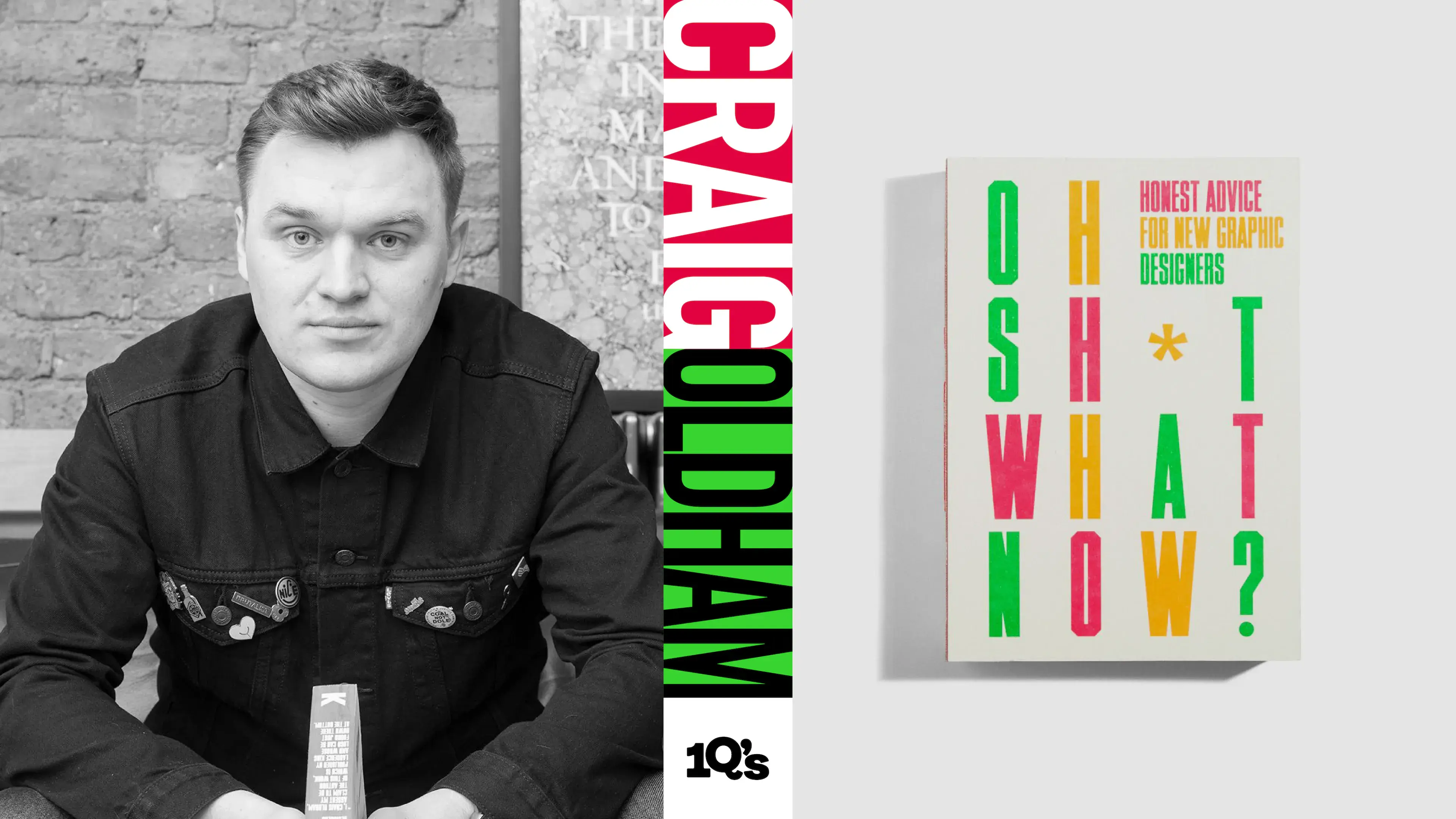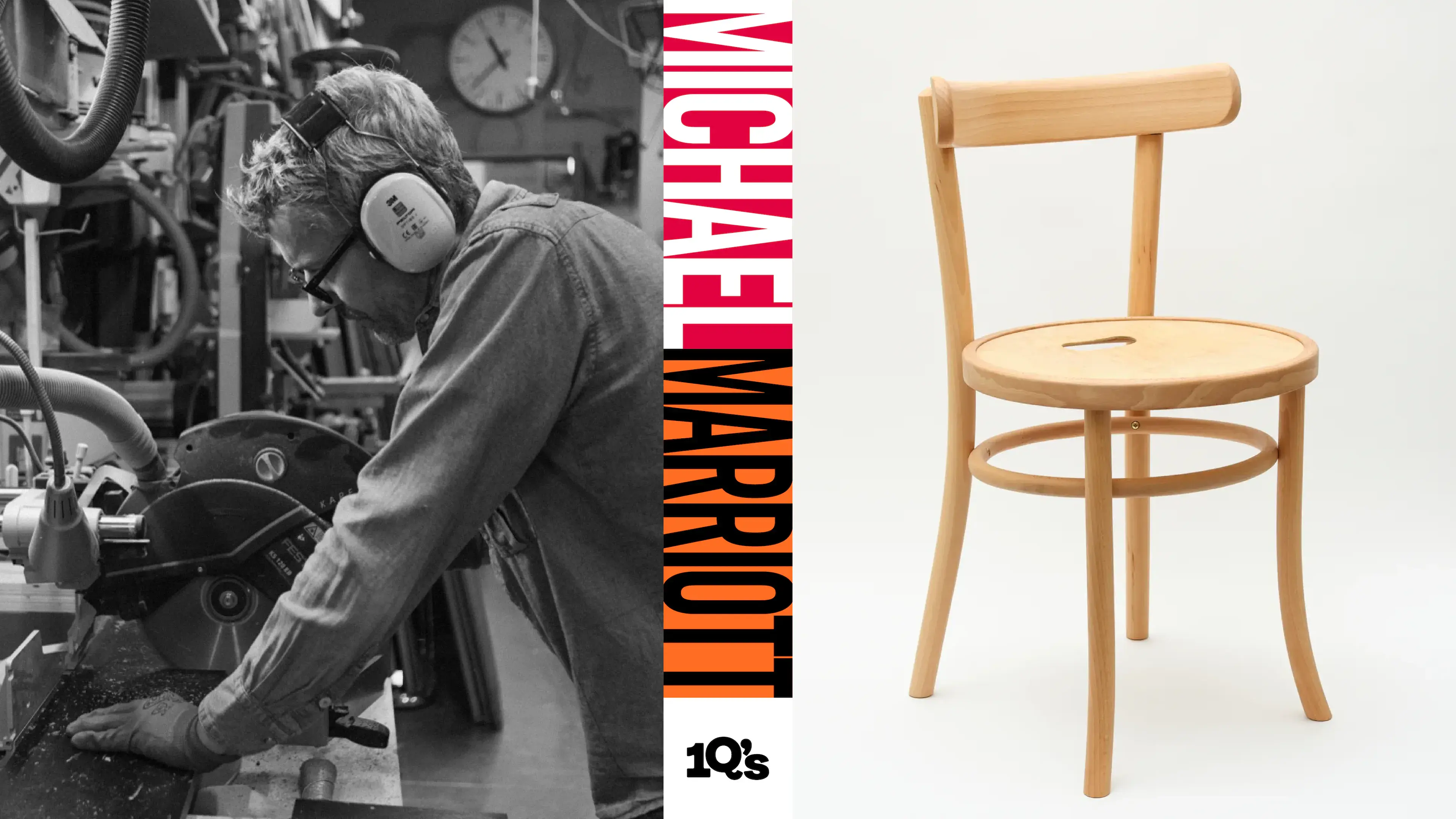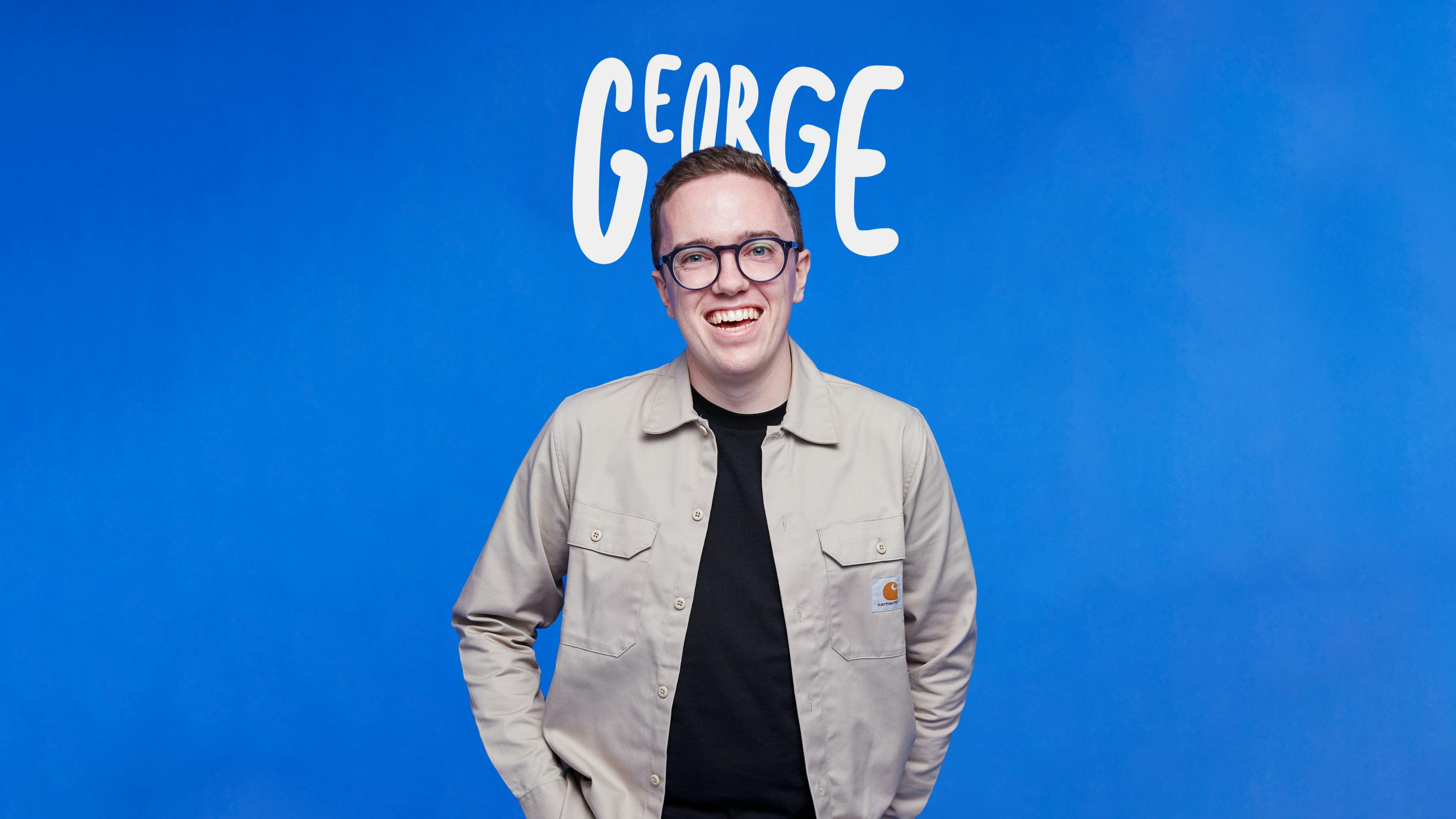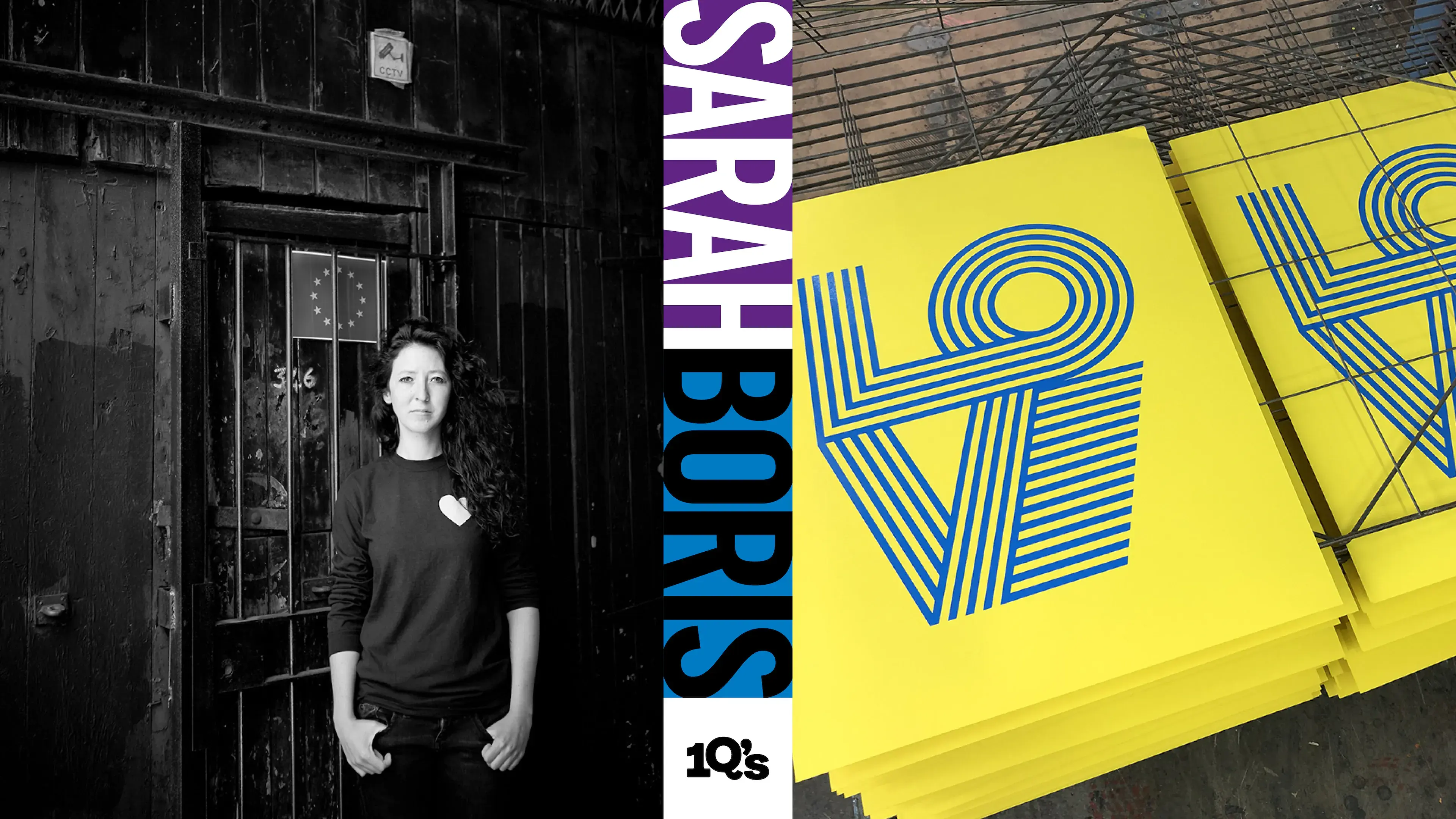
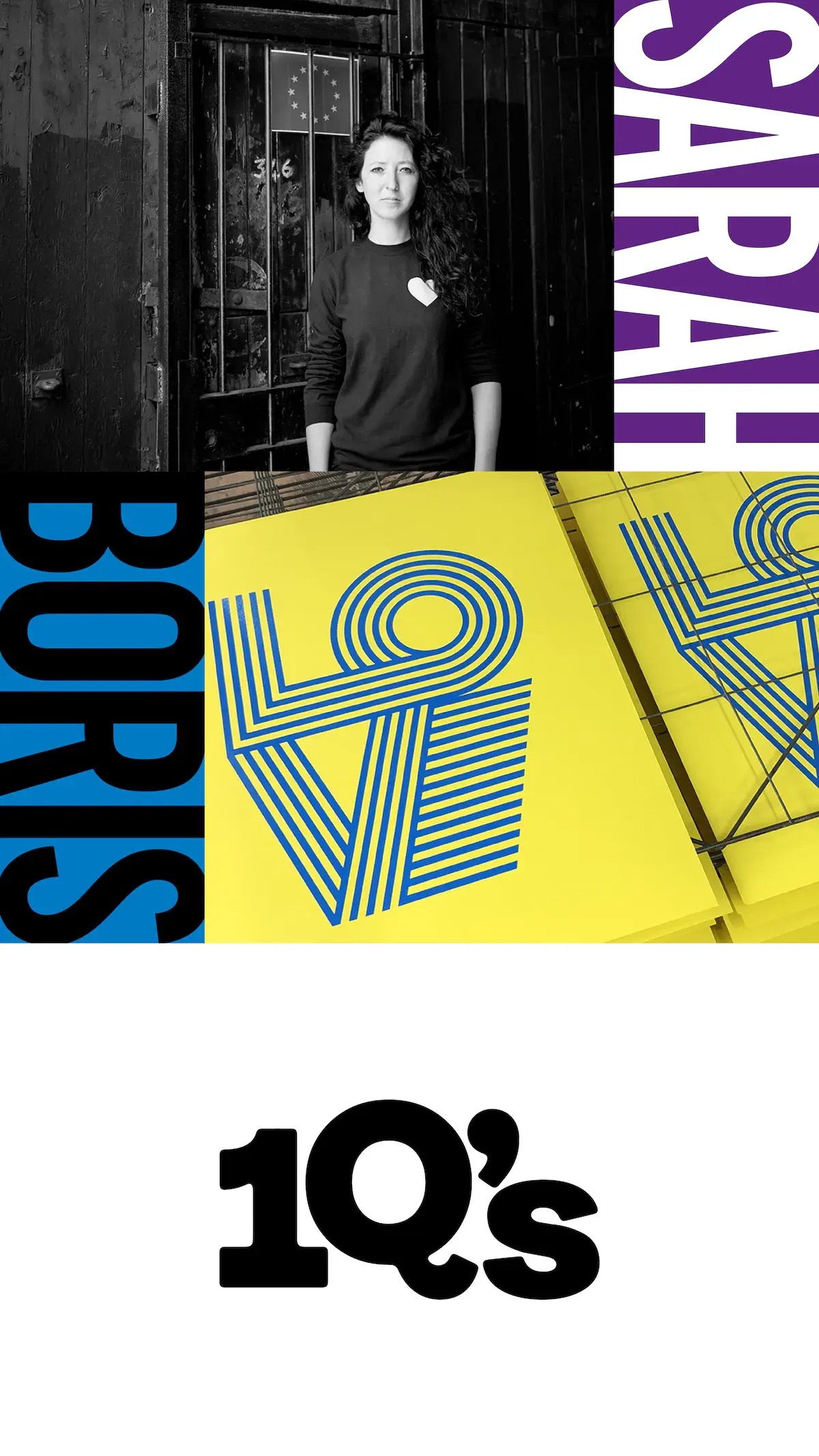
10?’s with artist and designer, Sarah Boris
Sarah Boris is an artist and designer, whose multi-disciplinary practice work spans from public art commissions (see her recent heart-shaped benches) to artworks such as her iconic Fragile UK flag.
Having lived in the US, France and UK, which place do you think has had the biggest impact on you personally and your creativity?
All three have had a major influence at different stages of my life.
Do you think in French or English?
Both, sometimes it’s even a blend. This will be the subject of a new book I am developing on language, a word boggle of sorts.
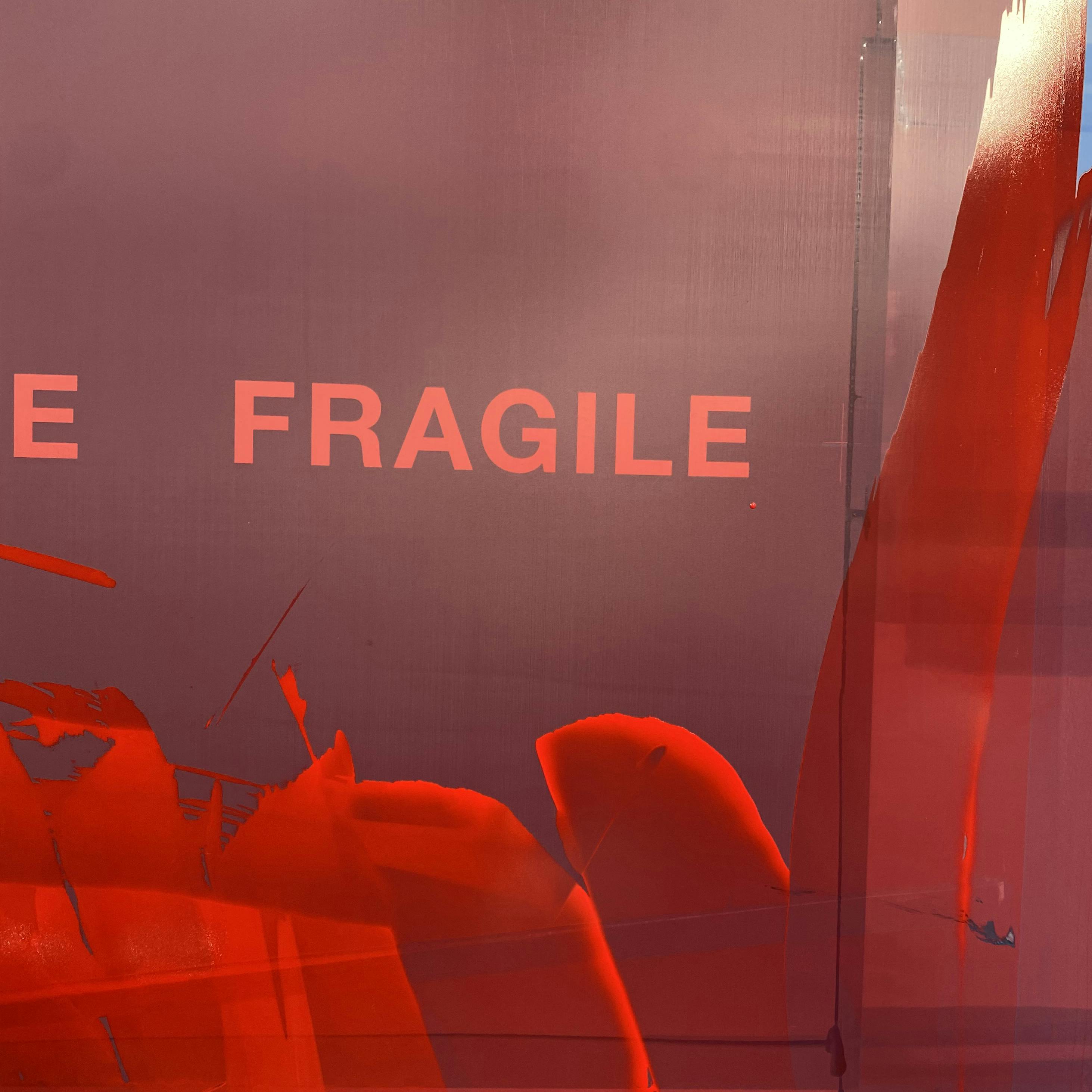
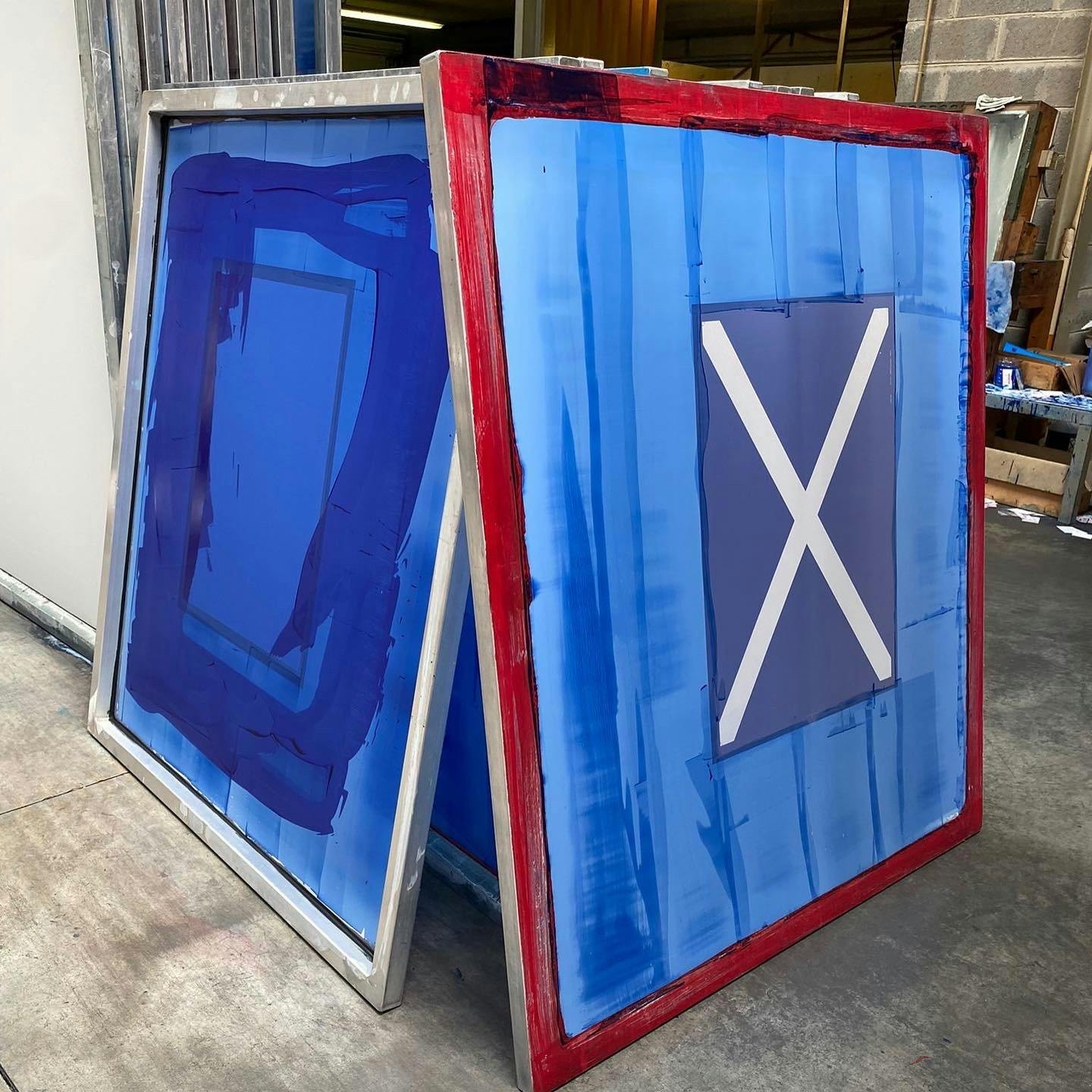
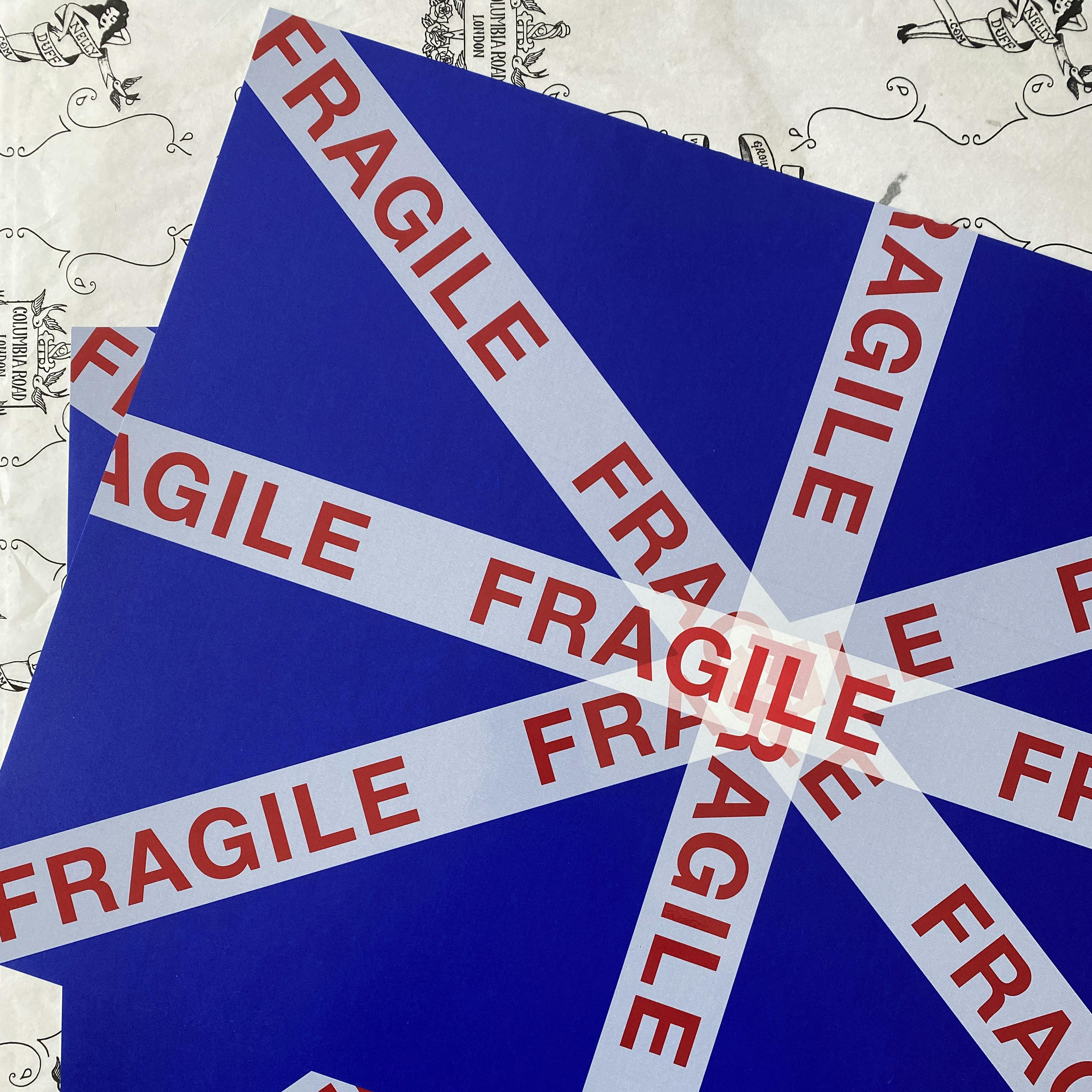
What is it about artwork in public spaces that you enjoy or want to produce more of?
I feel it's important that art is accessible to all and that there are no physical boundaries to seeing it.
I visited Vienna many years ago and discovered the work of Friedrich Hundertwasser who was an architect and visual artist. He adorned a social housing complex with colourful painted patterns and tiles. It is known to have enhanced the neighbourhood and the lives of people who lived there.
I lived in an estate in the UK, where the bricks had been repainted in brown and every time I would go out, I wondered why this colour had been chosen. At one point I’d love to repaint the council estate and cover up the brown with brighter colours. This is a project I hope to get off the ground in 2023. I visited a village in France recently where no two houses were the same and each felt like a work of art in itself. It changes the feel of the village entirely. It means a place can become memorable, more loveable and even a landmark.
When I created a public artwork in the form of a series of sculptural heart-shaped benches, it was interesting to be on-site and witness people’s reactions to the benches. The artwork was exhibited as part of an open-air contemporary art festival in Saumur, in France. I loved seeing visitors sit on them. I hope these could be manufactured in some way and installed in other cities.
Public art can rekindle one’s sense of connection with a place and trigger a new perception or affection for a city. Public art can also be functional such as the benches in this case. More importantly it can bring people together and I feel that we need more than ever to create work that can unite us. I’d love to make more benches and artworks for a public space. I have a couple of ideas brewing at the moment. I envision my future public artworks as welcome points for people from all around the world.
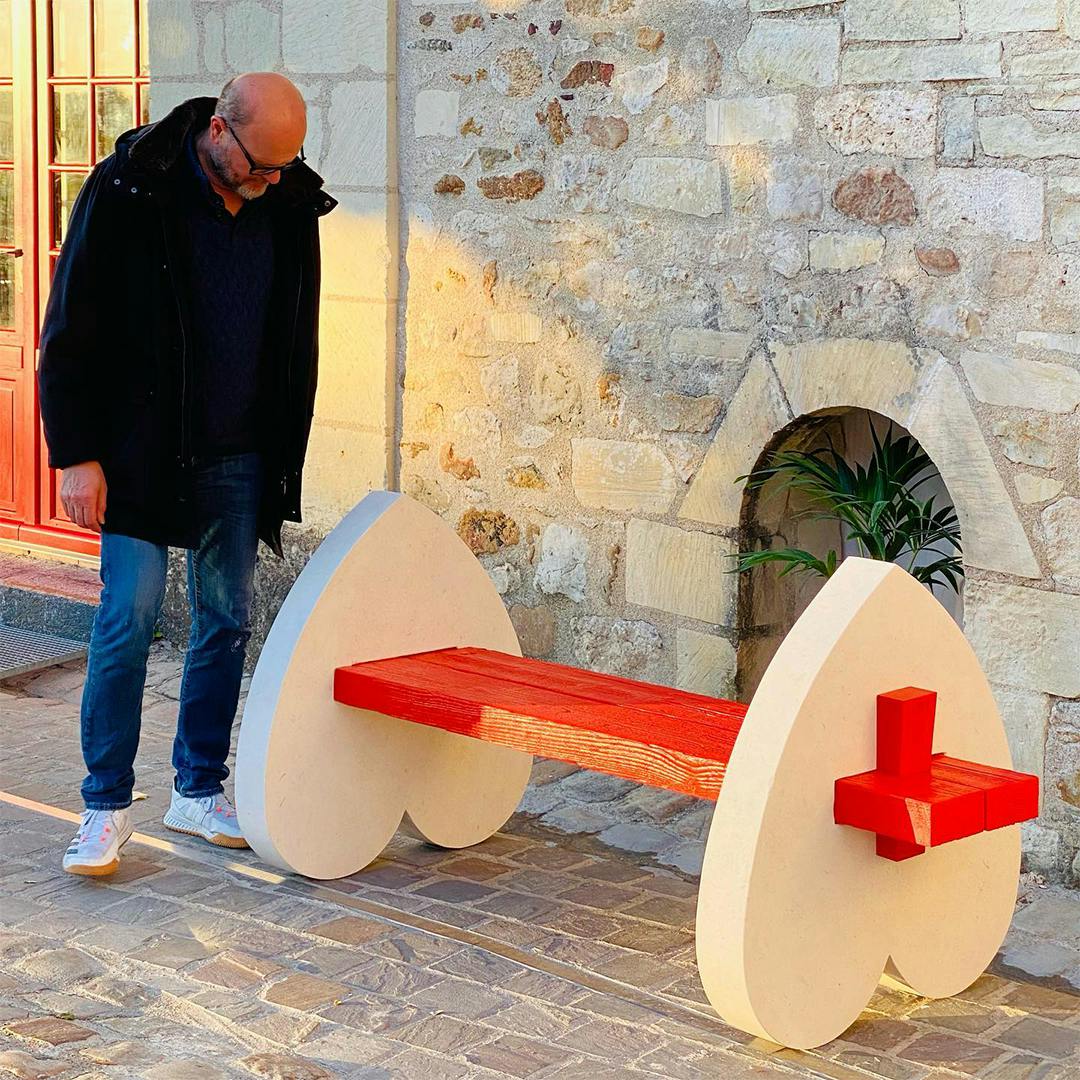
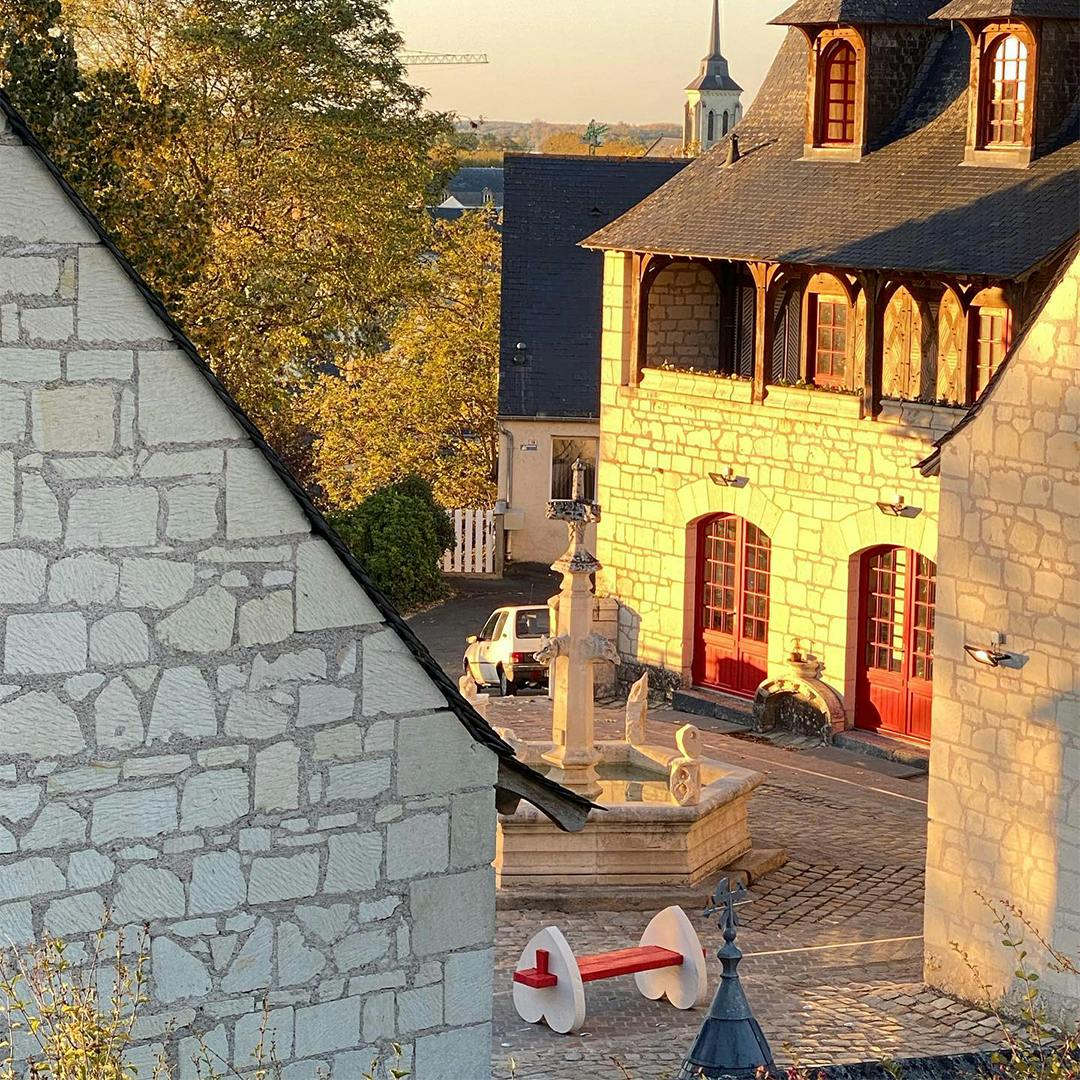
Your work has been displayed in the Design Museum and acquired by the Stedelijk Museum. Were things like this ever a goal of yours and how does it make you feel?
I never imagined something like this would happen. The Stedelijk Museum acquisition came following on from my first solo show in a festival called 'Une Saison Graphique' in Le Havre, in France. I created a body of work called ‘Le Théâtre Graphique’ which included a wordless flipbook, screen-printed posters and a performative and participatory exhibition display. The book and screenprinted artworks became part of the museum collection.
My Fragile UK flag was exhibited at the Design Museum in 2018. I made it in 2015. It was nearly 3 meters wide on the gallery wall so it’s one of the largest exhibits I’ve ever shown.
It’s an honour when one of your works is acquired by a museum collection or exhibited in an institution, it’s a form of acknowledgement but beyond that, it’s the idea that the work will be preserved and shared with generations to come that is truly special.
It’s an honour when one of your works is acquired by a museum collection or exhibited in an institution, it’s a form of acknowledgement but beyond that, it’s the idea that the work will be preserved and shared with generations to come that is truly special.
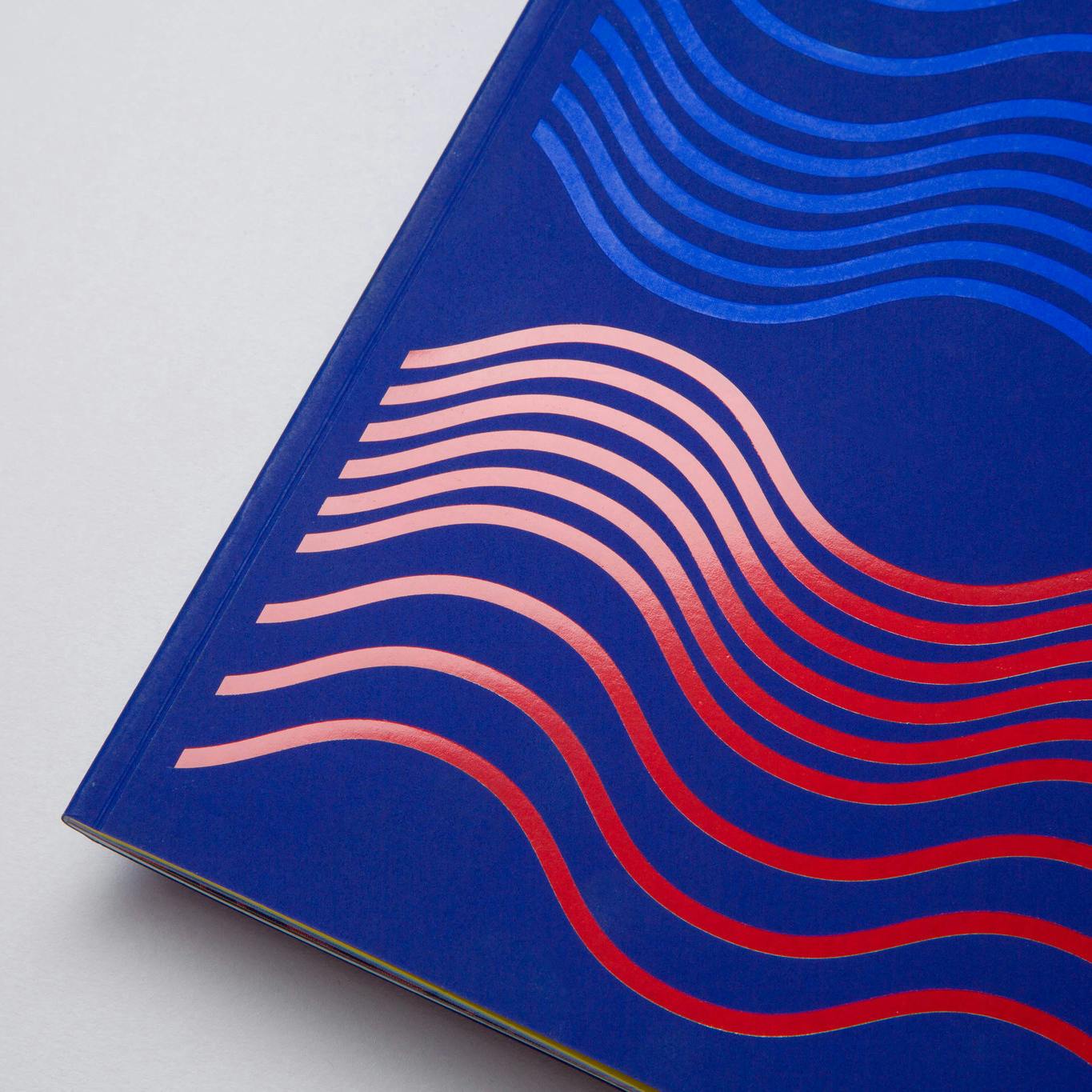
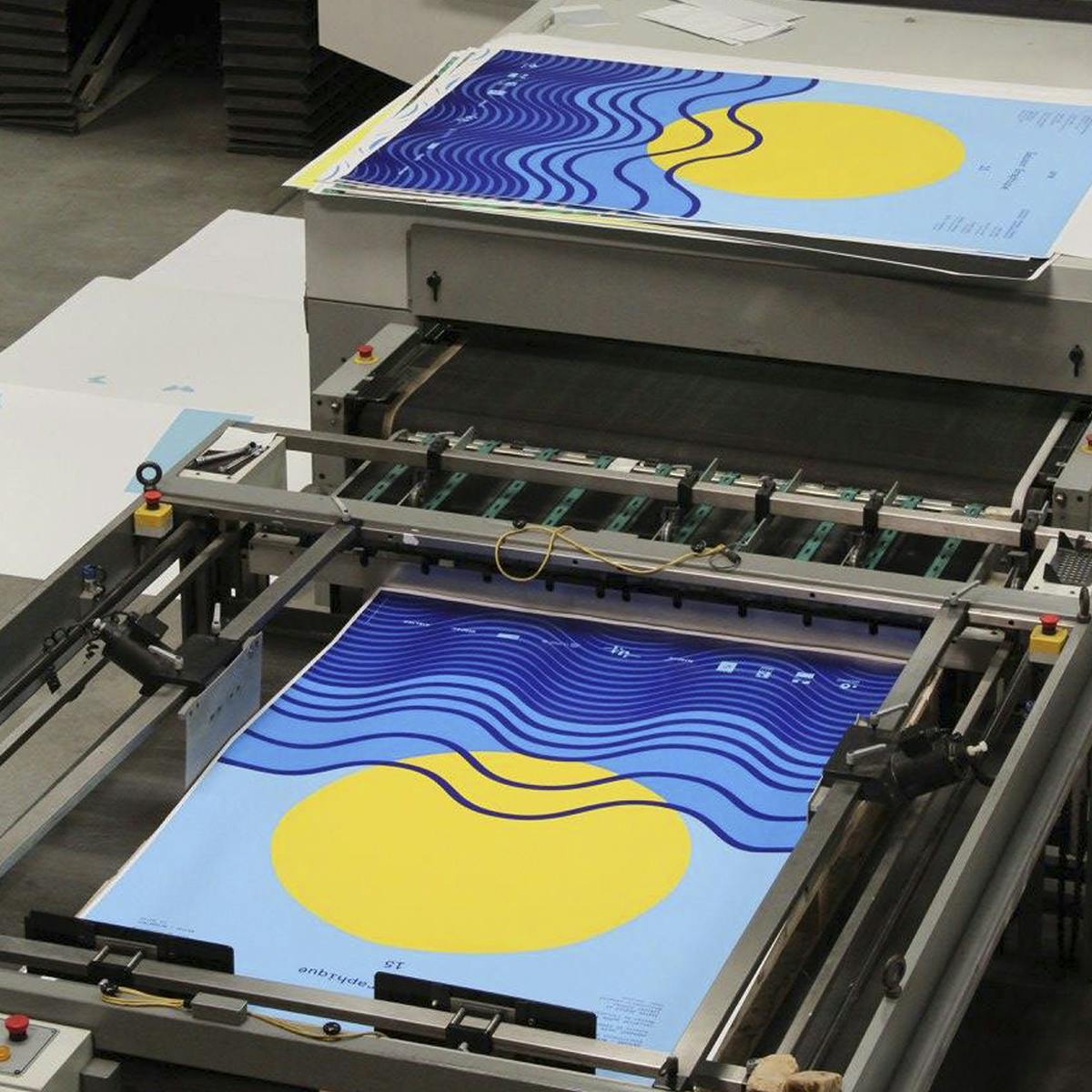
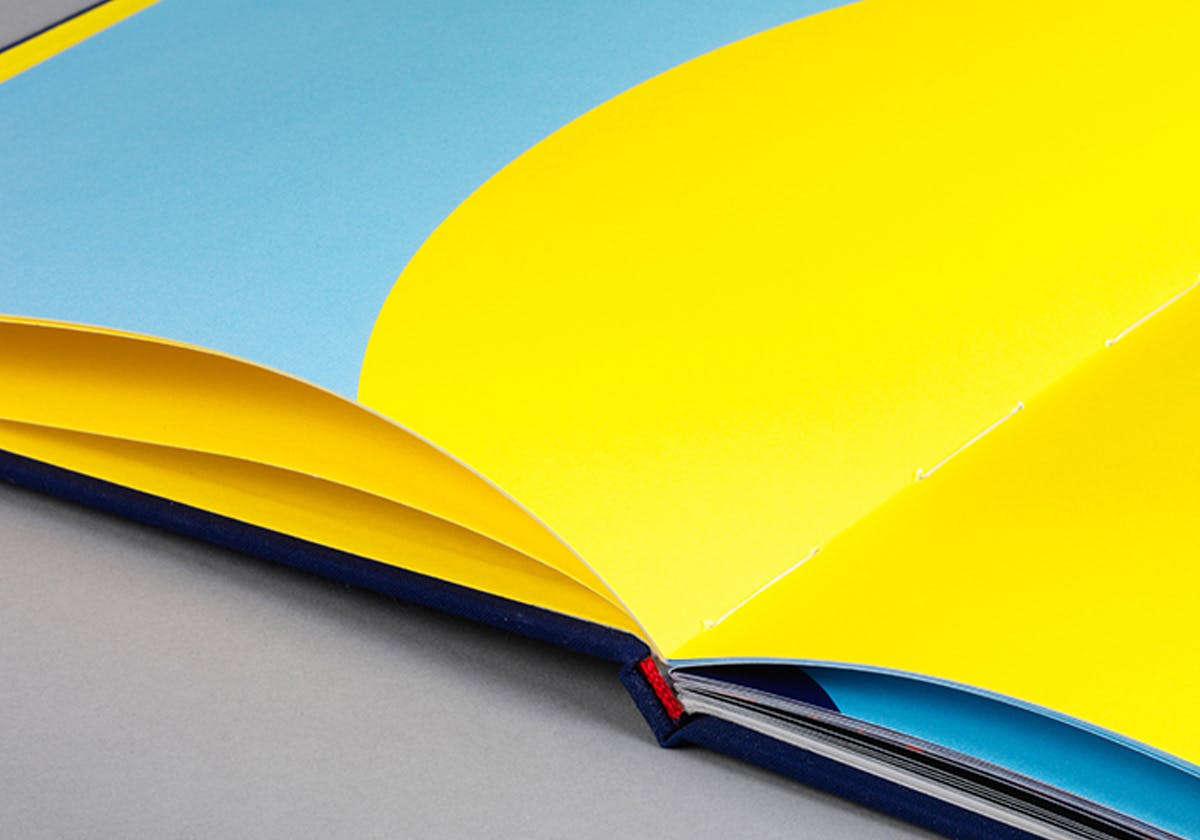
If you could live anywhere in the world, where would it be?
I feel happy where I am but I am always keen to visit places I've not been to yet. I would definitely consider living in a different city. I like the idea of moving and how much it can nurture you. There is so much to learn when everything is foreign. It definitely means starting again to some extent and that appeals to me. I love new beginnings.
Cities I'd love to visit in the future include Mexico, Seoul and Tokyo.
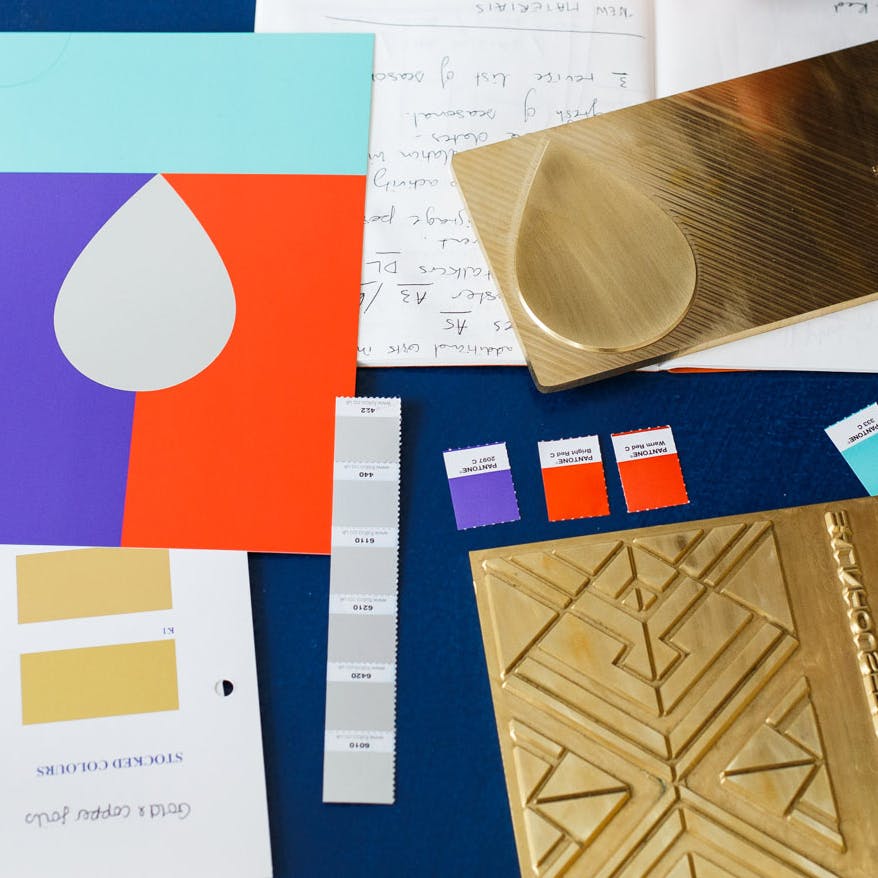
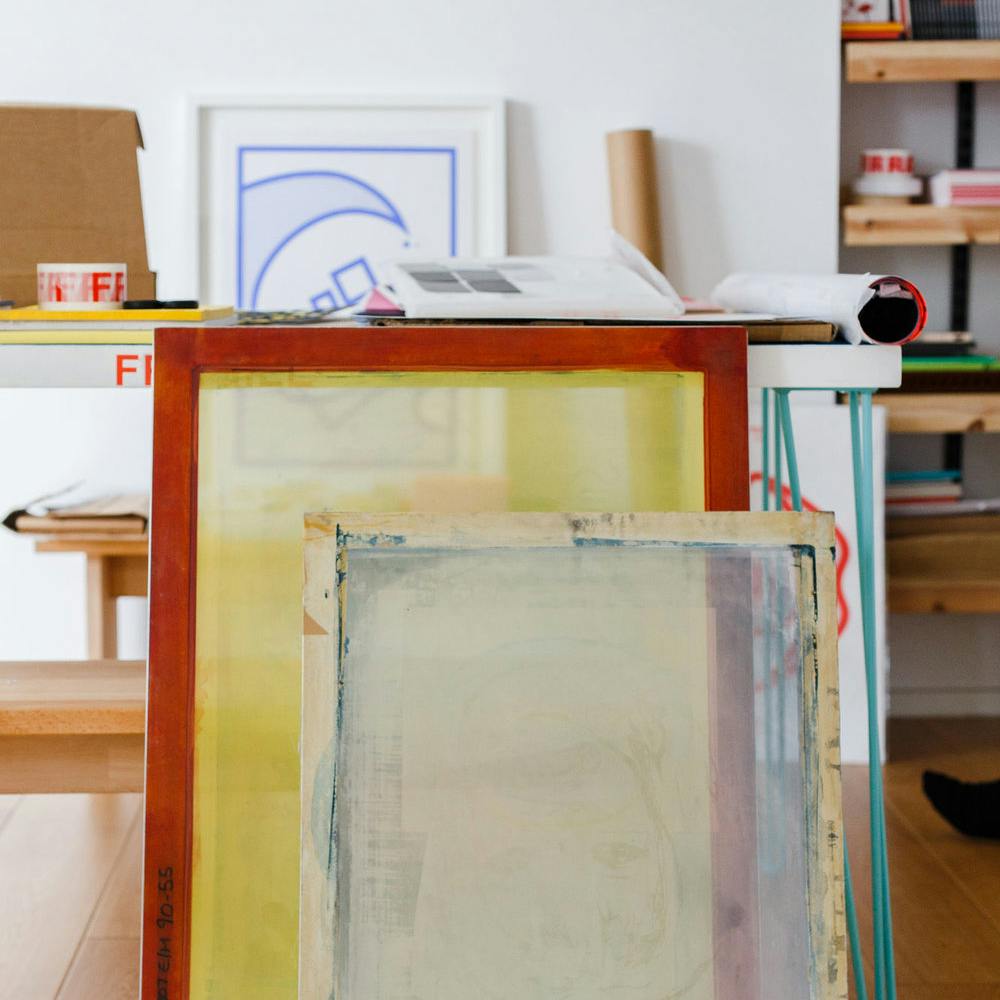
Is there a book you’ve read that you keep coming back to?
‘Exercises in Style’ by Raymond Queneau: it gathers 99 ways to tell the same story. Each page carries the story told in a different style. I like to believe that an artwork is never the end result in its fixed form and that there are a multitude of other ways to do it, through colour, language, technique, reproduction etc. For example, at the moment I am working on the third edition of my artist book: ‘Le Théâtre Graphique’ and each time I use a different print method and change the artwork. Each reprint is an opportunity for change.
Your career to date is admirable, working for some great cultural institutions and now running your own studio.
What is one piece of advice you’d give to younger designers now who aspire to do something similar?
Embrace that your journey can be different and singular.
Another piece of advice: always make your ideas come to life. Make a prototype if needed so they can become tangible.
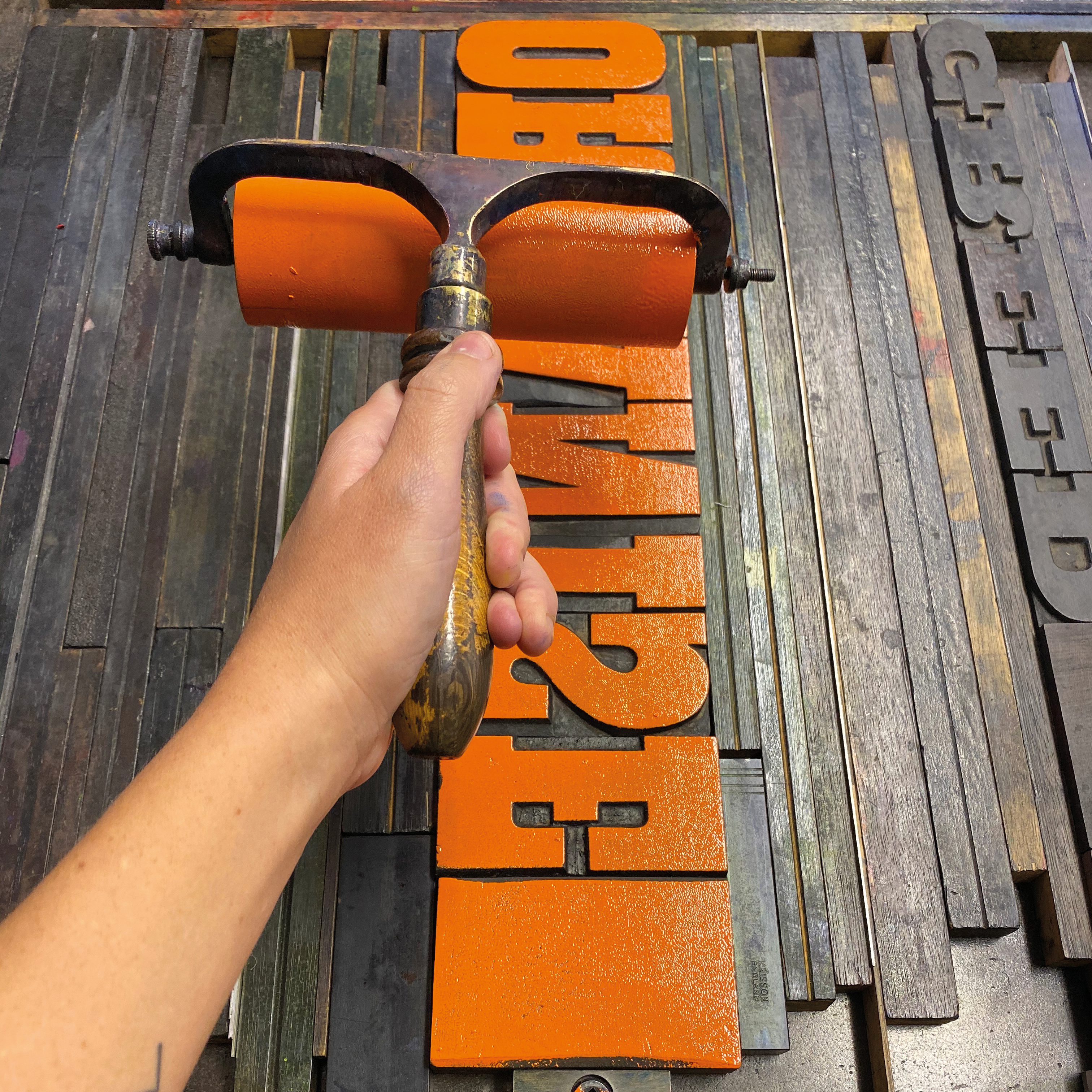
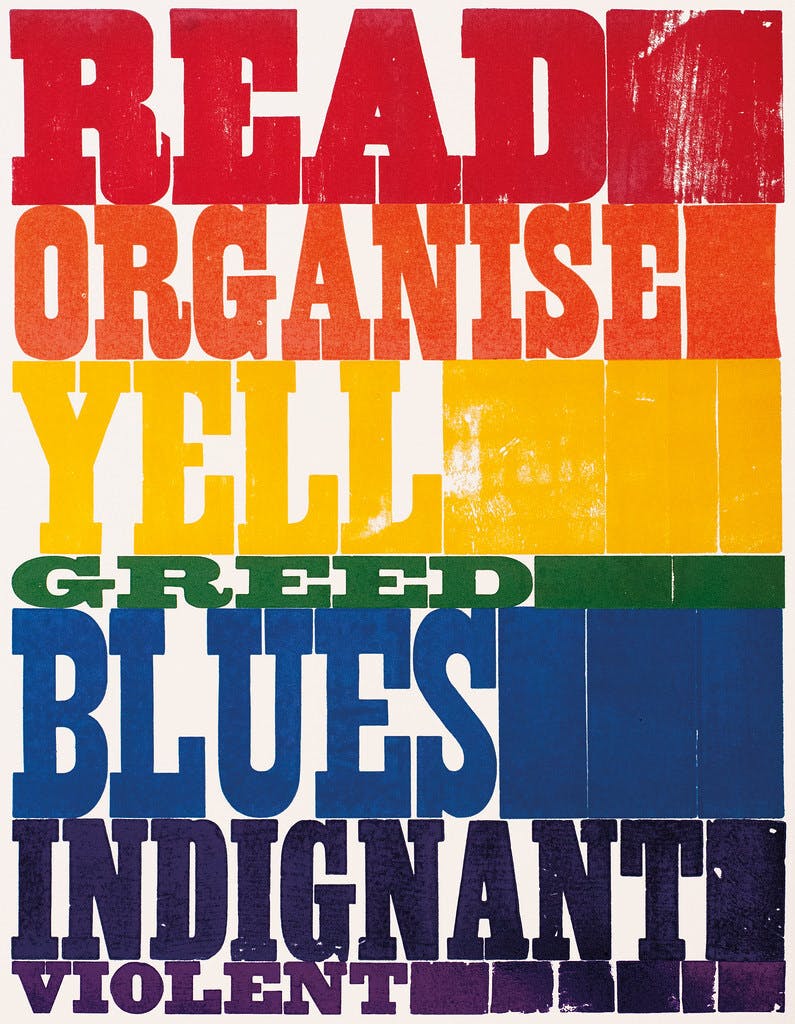
What’s the hardest part about running your own art and design studio?
I think the hardest part is setting one’s own boundaries and trying to stick to these.
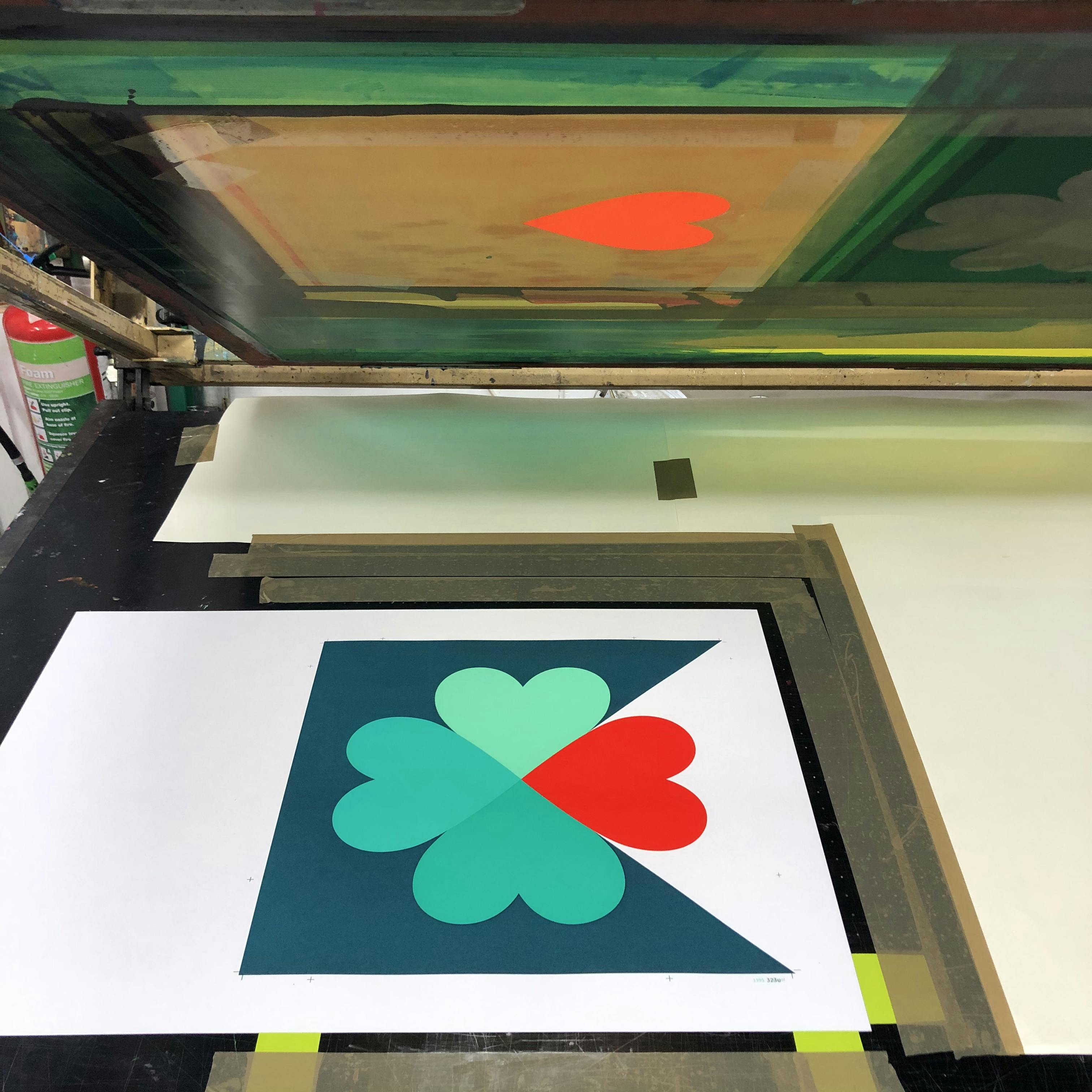

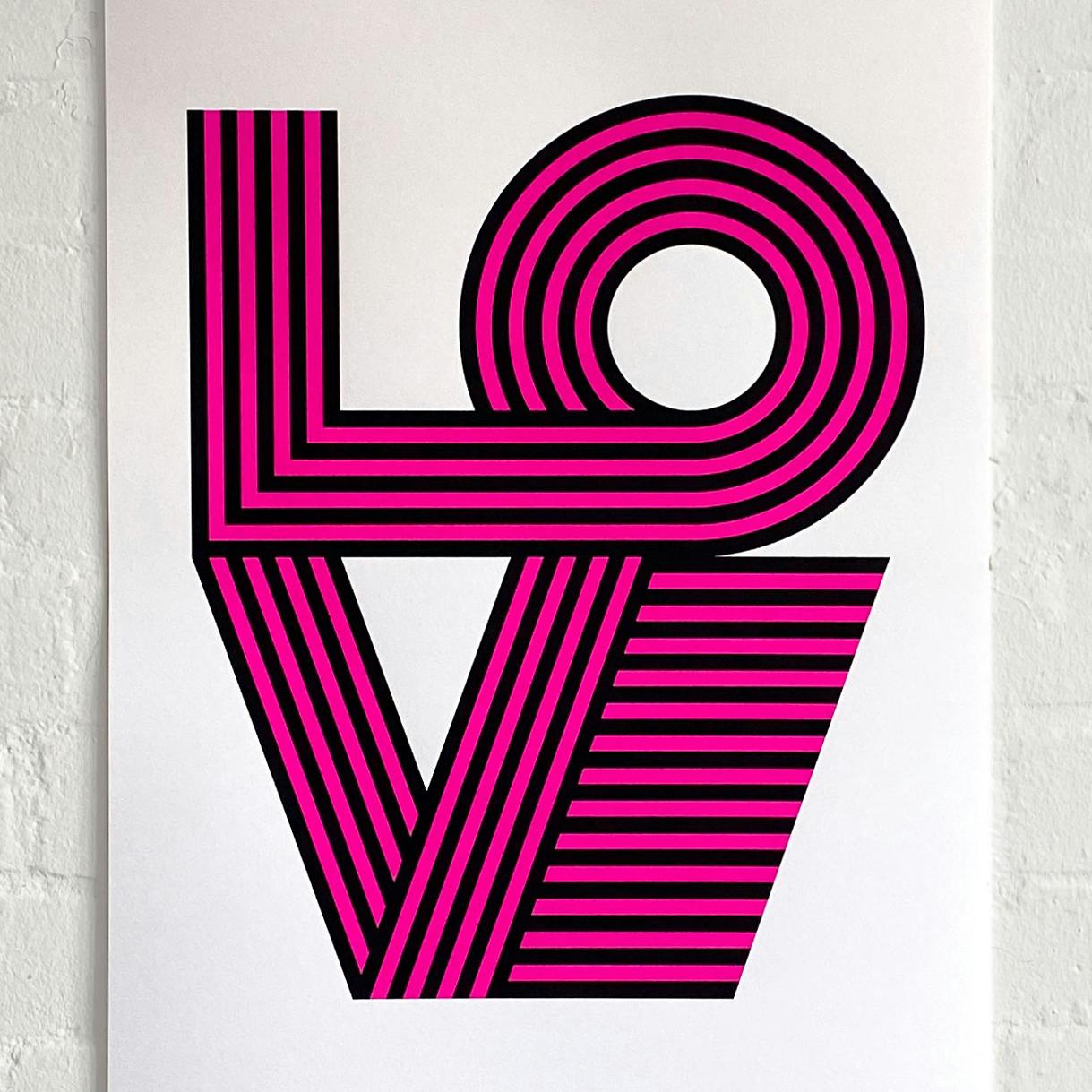
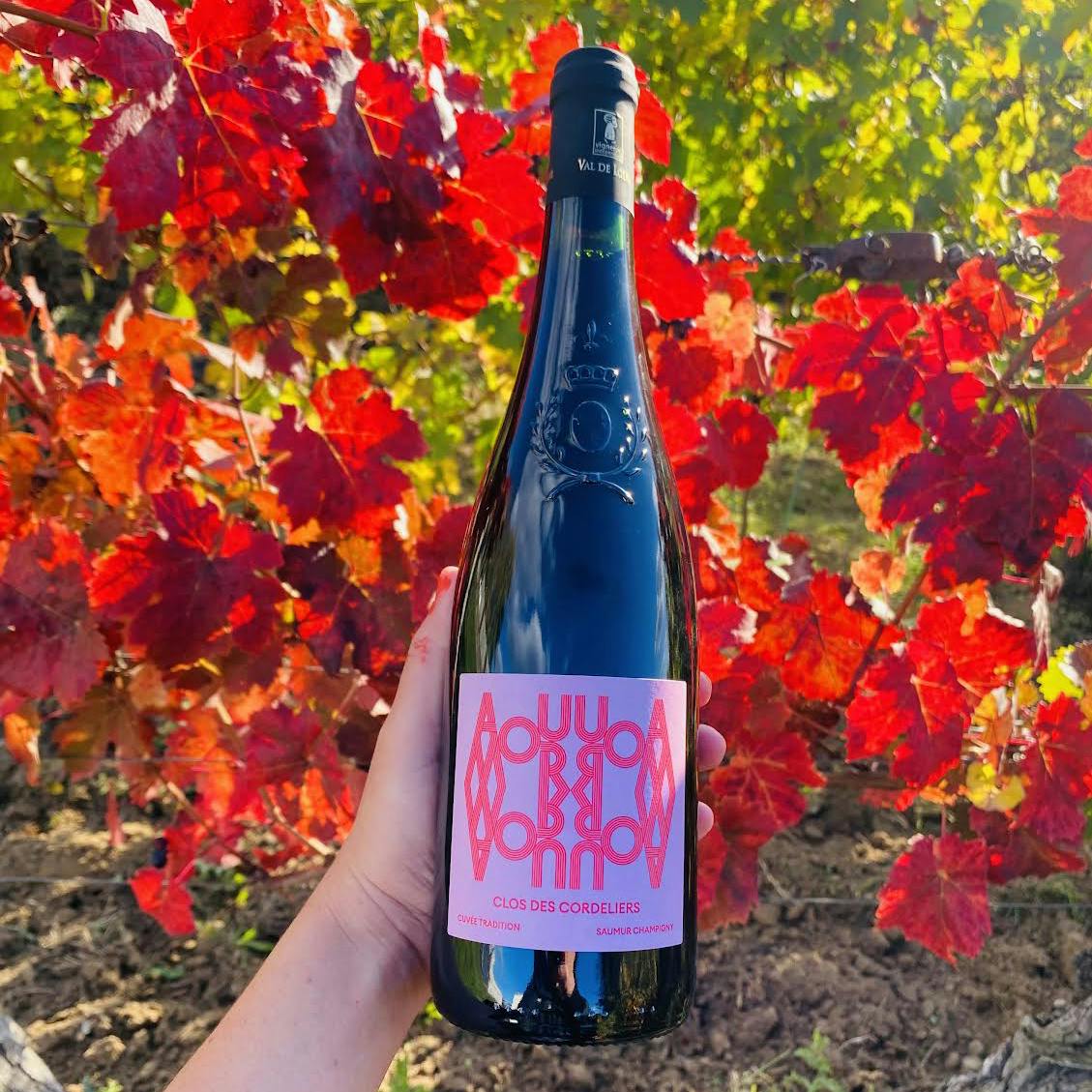
In your opinion, where’s the best place or what’s the best way to spend a day in London?
I enjoy spending time in the parks or walking along Regent’s canal. It’s wonderful all year long. There are also so many great galleries and exhibitions: Approach Gallery which is above a pub in East London; Peer Gallery, just off Hoxton Street signalled by the wonderful pedestal clock by Chris Ofili.
I also love visiting my friend Jim who works in an old tube carriage above Village Underground. He makes honey on the rooftop and a deliciously spicy sauce called Bad Mama which I highly recommend. What I love about that place in particular is that it feels like a magical hideaway in the heart of the city.
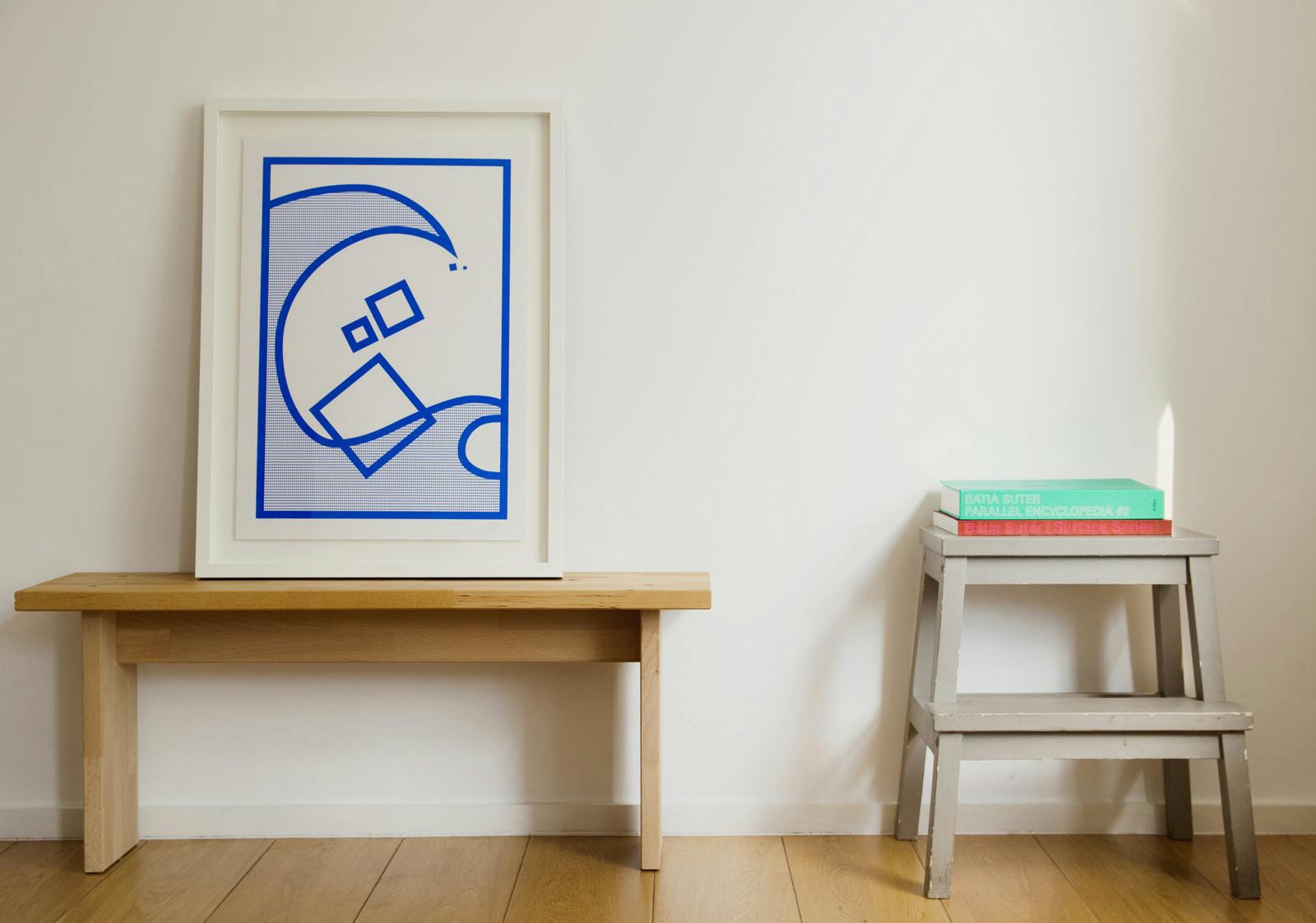
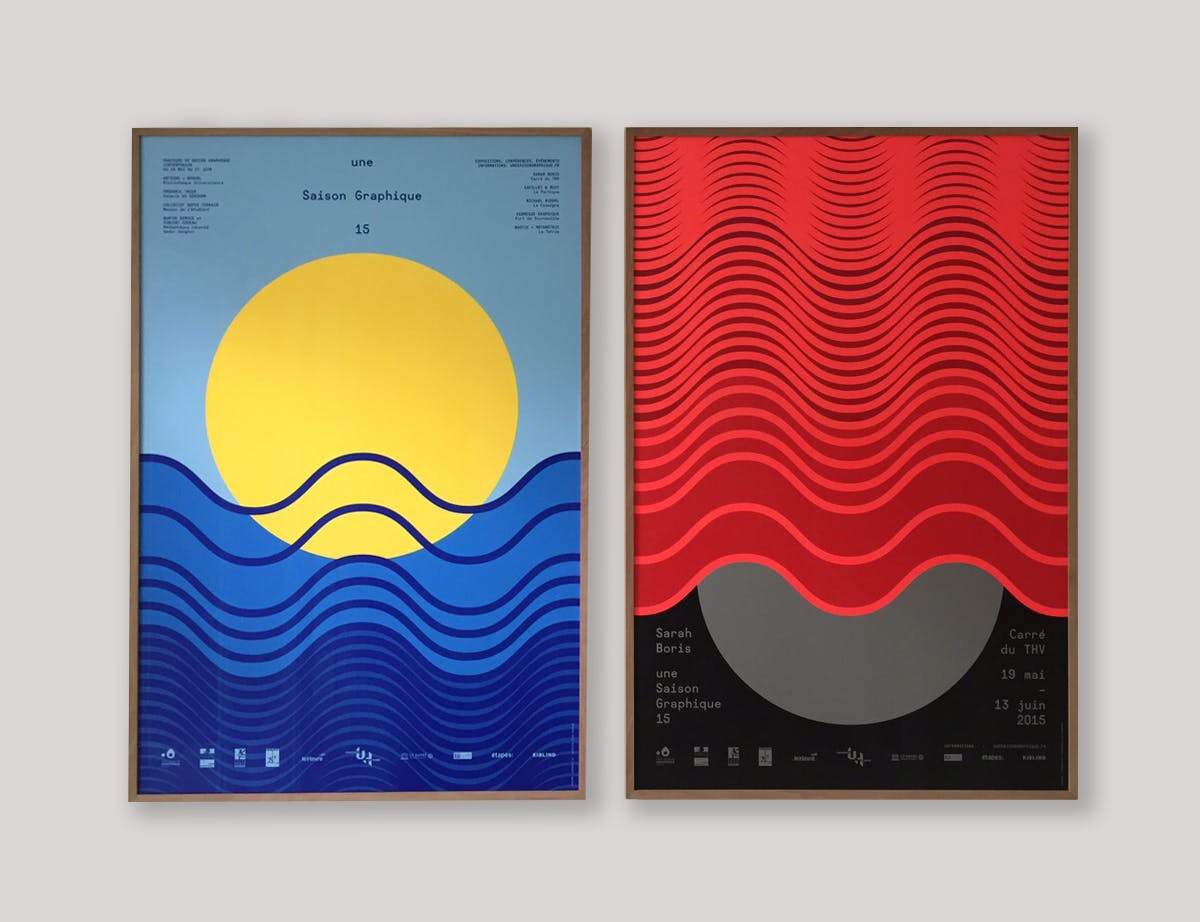
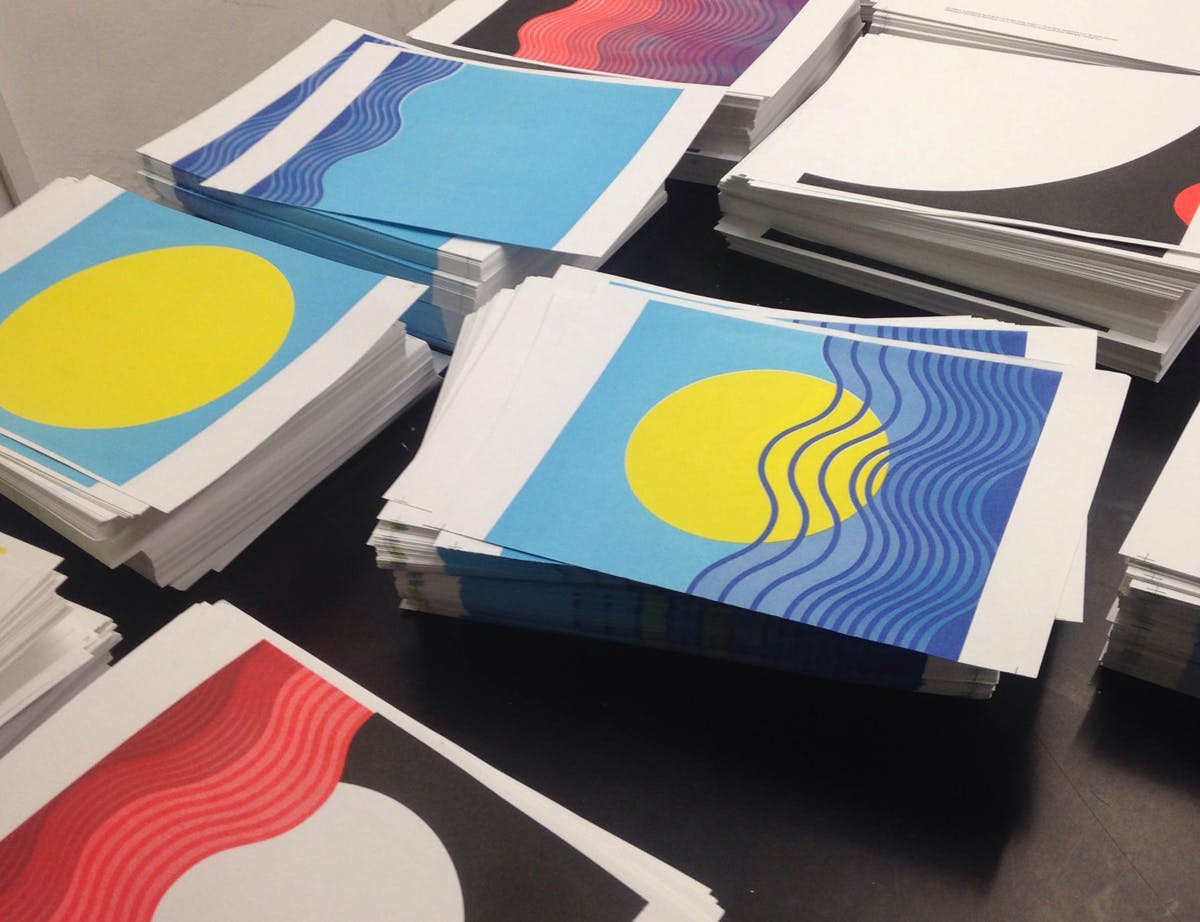
Finally, what are you working on right now?
I am working on three books, one on colour, I initially made this book during lockdown as a handmade prototype and then subsequently found a publisher. The other book is on language and the third is a new edition of ‘Le Théâtre Graphique’ for which I am seeking a publisher.
I am also working on a new series of modular artworks and would love to exhibit these next year. I am currently looking for exhibition spaces. I will also be speaking at festivals in the UK and Europe.
Sarah Boris's work has been exhibited at the Design Museum, London and acquired by the Stedelijk Museum, Amsterdam; the New York Centre of Book Arts; and FRAC Normandie Rouen (contemporary art collections in France). Projects range from public art sculptures and screenprinted artworks such as LOVE Ultra to self-published limited edition books which include ‘Global Warming Anyone’ and ‘Le Théâtre Graphique’. She has exhibited at 'Une Saison Graphique' in Le Havre and more recently 'Nuits Normandie Impressionniste 2022' (Frac Normandie Rouen); ‘Reverting to Type 2020: Protest Posters’ (Standpoint Gallery, London) and Graphic Collections (A to Z, Berlin).
Between 2005 and 2015, Sarah worked for some of the UK’s leading cultural and publishing institutions: Phaidon Press, ICA and Barbican. Notable projects during that time include the rebrand of the Institute of Contemporary Arts and the design of the bestselling monograph ‘JR: Can Art Change the World’. She has judged numerous awards and was judge president for D&AD Professional Awards. She regularly gives talks and runs workshops around the world.
Questions: Craig Berry
Editor: Craig Berry
